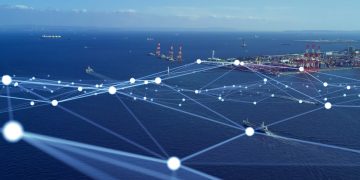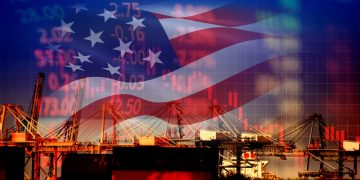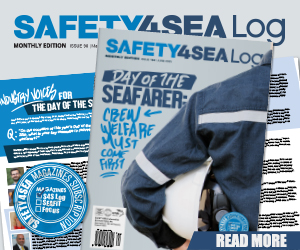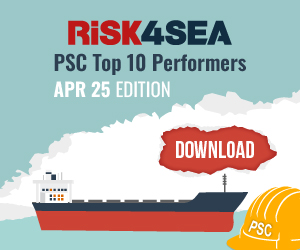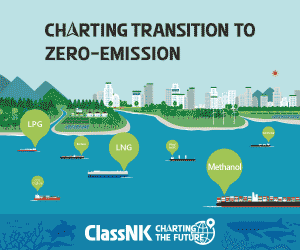Implementing the EEDI
S4S: What are the latest developments regarding legislations that have to do with air emissions from shipping?
FS: Global warming and climate changes have been high on the agenda for many years. EU has made its own targets and aims to lower its emissions by 20 per cent by 2020. During MEPC.62 which was conducted in July this year, an international agreement to reduce CO2 emissions was finally adopted by IMO after years of lengthy and intense discussions. Our industry can now proudly state that this is the first global mandatory carbon dioxide reduction agreement implemented by any industry. If IMO hadn’t reached this agreement, we might have seen EU step in and impose some extra kind of regional legislation.
S4S: What is the contribution of shipping in CO2 emissions and what are the future plans for reduction?
FS: Shipping contributes around 870 million tons of CO2 and if nothing is done the contribution will be around 2-3 times higher in 2050. An Energy Efficiency Design Index (EEDI) model has been developed. Attained EEDI is calculated for each new ship. Basically the formula gives fuel use per capacity per distance. The formula is still been heavily discussed and not finalized yet. Due to the intense and lengthy discussions during the MPEC this summer, a lot of submissions and discussions were postponed until next MPEC.63 which is going to be conducted in February next year. It was also agreed that an intersessional meeting should take place in January in order to prepare as much as possible for the MPEC meeting. Some of the outstanding items is how to calculate the EEDI.
S4S: Do you have any clues about how the EEDI is going to work?
FS: The influence of any shaft generator in the formula has to be solved but also a lot of other details in the formulae have to be dealt with. It will be necessary to agree upon certain standards on how to conduct tank tests and to conduct sea trials. The easiest way to fulfill the EEDI requirements it’s just to lower the power of the ship. However some organisations have remarked that this could cause some safety aspects in case that the speed or propulsion power become too low in order to manoeuvre the ship in adverse weather conditions. IACS has proposed a guideline to cope with this but it will have to be discussed further.
S4S: What is your view about these modern challenges in shipping?
FS: Ship owners and operators are facing some serious challenges within the next couple of years. Some shipyards may have to improve their naval architectural skills in order to comply with these regulations and from 2015 ship owners that operate ships within the EU and US will have to decide whether they will adjust from heavy fuel to gas oil or if they are willing to take the chance and invest in new technologies. Taking the right decision in the right time may very well make the difference of staying in the business or not.
Flemming Sandstrøm is Senior Marine Technical Officer at BIMCO
This interview is adapted from Flemming’s presentation at 2nd Safety4Sea Forum.
You may view Flemming’s presentation video during 2nd Safety4Sea Forum



















